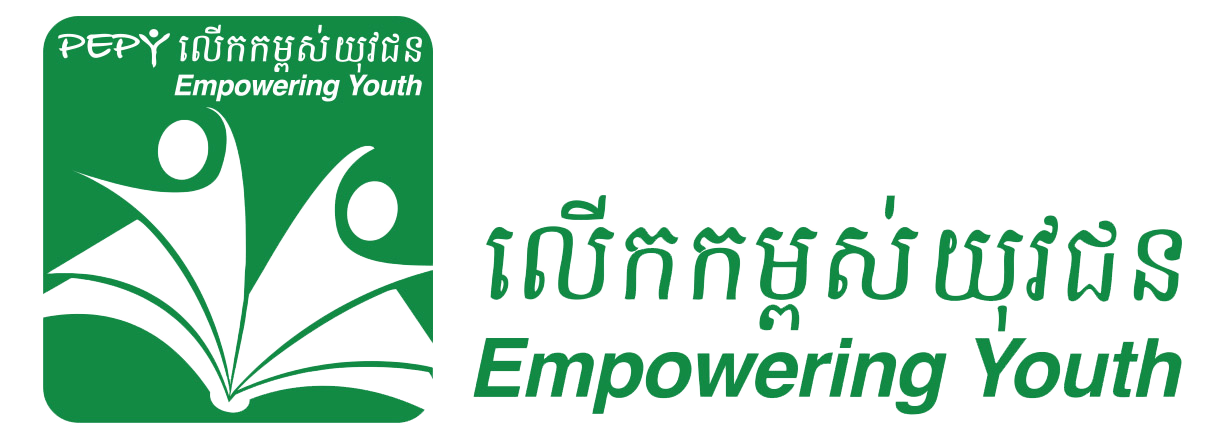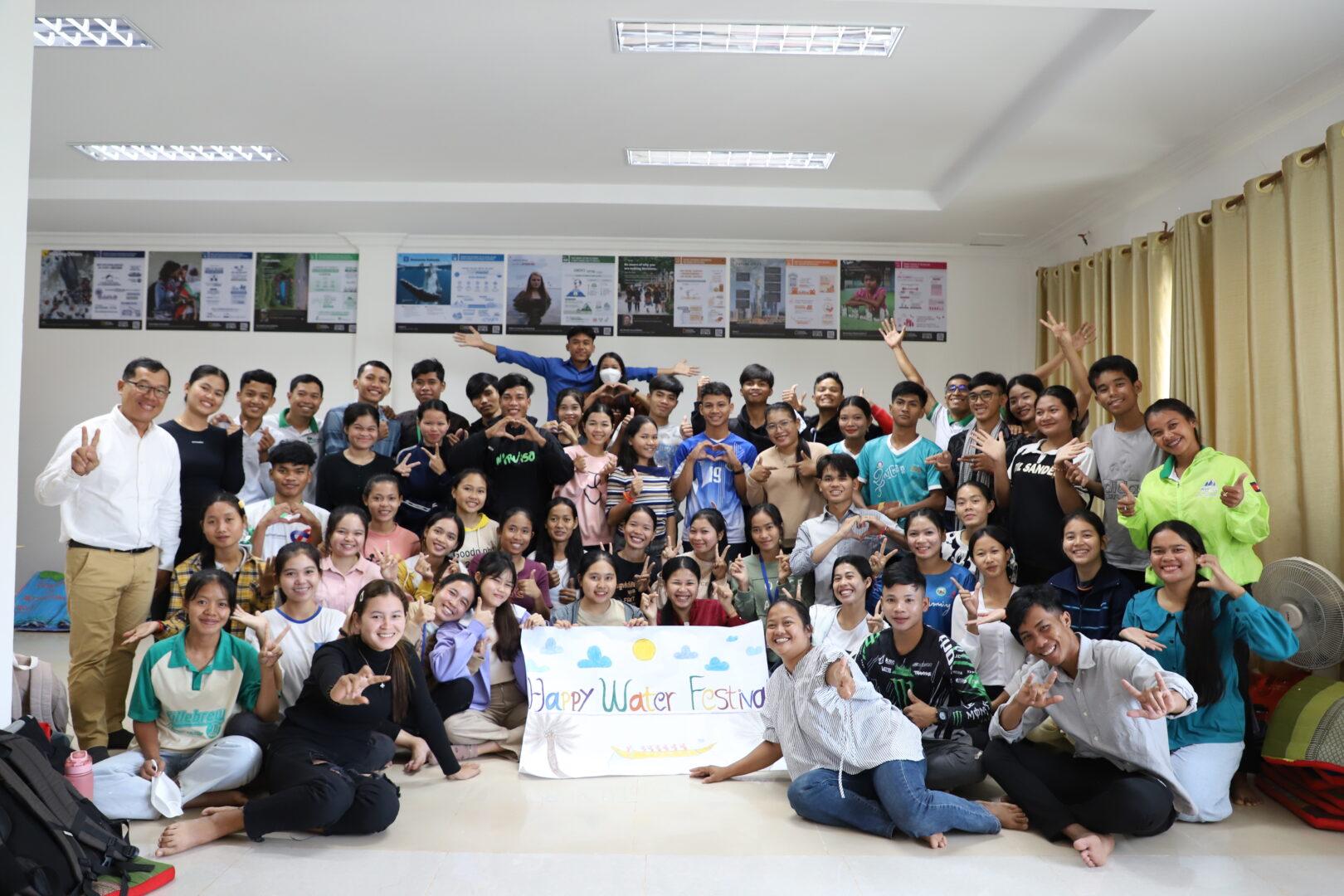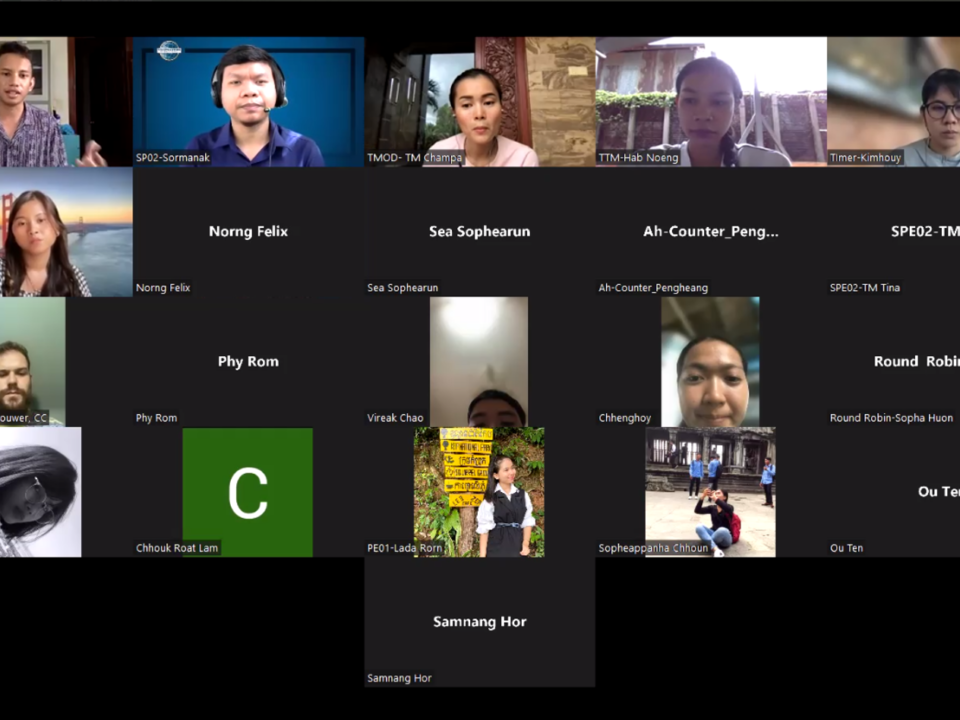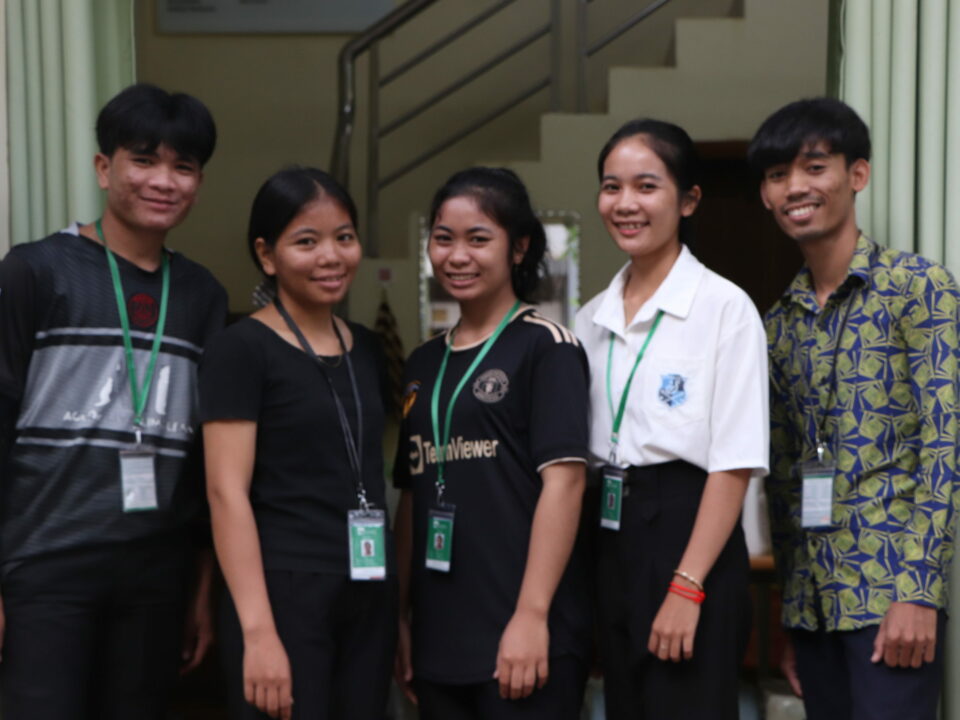Building staff capacity through internal training
January 26, 2012Teaching robots to walk the line: Students continue to study robotics in rural Cambodia
February 28, 2012Letting go of what you love: Changes ahead for the SAS program
by Anna McKeon

Photo Credit: Unknown
As part of our 2011 strategic planning, we clarified the target population that PEPY plans to focus on: young people in Chanleas Dai commune between the ages of 5 and 25 who are looking for leadership and educational opportunities. Considering this, we knew we had to make some tough decisions about which of our current programs supported this new path forward, and which did not.
After reviewing all of our programs in the context of our future goals, we identified SAS (Sahakoom Apeewaht Sala, or “Communities Developing Schools”) as the one major program which fell outside of our new vision and mission. We love the SAS model, and believe it is a sustainable and effective program model that can support and activate local community groups in developing their local government schools. However, we agreed that our strengths as a team are in working directly with young people through our supplementary education and youth leadership programs, rather than working in the formal education sector or the current community structures that govern schools. We also believe that the young people we are working with today will be the leaders of Cambodia tomorrow, who will soon be the ones mobilizing their own communities and investing in the education of their children.
By the end of this academic year, the committed three-year SAS project will have come to completion in Chanleas Dai and Prasat Knar schools. Our partnership with the School Support Committee in Run has another year to go of the three-year program, and we are committed to our relationship with this school until the end of the 2013 school year. Staff at these schools are currently receiving training from PEPY on government education strategy, budget planning, and participatory appraisals. Our technical team will continue supporting teachers in effective teaching and learning techniques. The School Support Committees are already confident in preparing their own school development plan in-line with the requirements of the District of Education, and are starting their own income generating initiatives independent of PEPY to help fund future school development projects. Towards the end of the school year, we will conduct transition workshops with the primary schools in Chanleas Dai and Prasat Knar, as well as evaluation sessions to ensure a smooth and thorough handover of knowledge.
Ending a program is a much harder decision than starting one, but continuing a program that does not make sense due to the current social dynamics, the team, or the timing would be a waste of resources. We recognize, as we build PEPY’s ongoing programs, that transition plans and confidence in our answer to the “what happens when this program ends” question need to continue to be integral in program planning even before a program starts. In this way, we are glad that we had the foresight to start the SAS program with a 3-year trial time window and, though we are sad to be transitioning out of a model we believe in, we feel that this makes the most sense for PEPY and the communities we work in right now. We hope this, or a similar model, will be something the students we are currently working with will consider implementing in the future as they become leaders in their communities.



